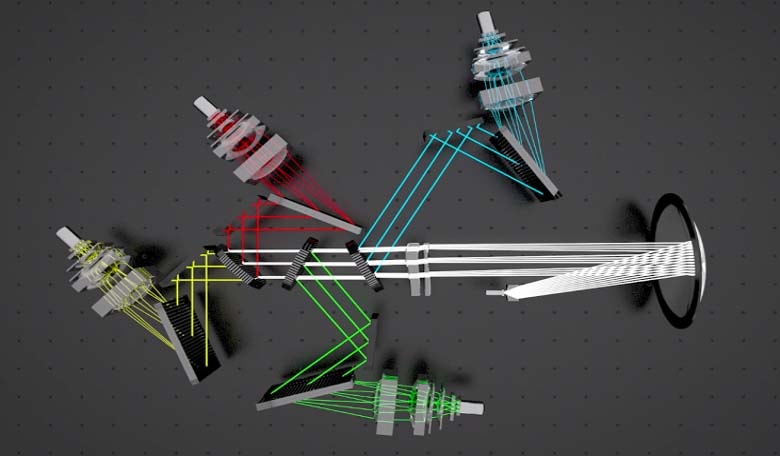Using a new instrument called a high efficiency and resolution multi-element spectrograph (HERMES), fitted to the Anglo Australian Telescope (AAT), an international team of researchers have made a surprising discovery that a large group of stars are dying much quicker than anticipated, thus throwing into question our understanding of stellar evolution.
The stars at the focus of the study are helium-burning stars located in the M4 globular cluster – one of the brightest clusters close to us – and a number of these stars within this population are apparently advancing straight to old age and becoming white dwarfs and missing out the red giant phase, the 'middle age' period in a stars lifetime that should proceed the main sequence phase. Our Sun, for example, is a main sequence star and in its next phase of evolution it is expected to become a red giant, where the outermost layers will bloat and expand to eventually swallow up the Earth. It is then anticipated that the Sun will become a planetary nebula after being a red giant, and shortly afterwards (in astronomical terms) will emerge as a white dwarf, whereby nuclear reactions in its core will cease.
"Globular clusters are some of the oldest objects in the Universe. Although we have some ideas for what is going on in them, every time we look carefully we find something unexpected. They are both fascinating and frustrating at the same time," said Professor Lattanzio from Monash University, Australia who also supervised Monash PhD student Mr Ben MacLean, the lead author of the paper describing these results.
While current models of stellar evolution do not predict the premature demise of these types of helium-burning star, a similar pattern has been observed in the globular cluster NGC 6752, albeit with stars that are sodium-rich/oxygen-poor in nature. "Although the phenomenon of sodium-rich stars failing to reach old age has been seen in our previous research, it was totally unexpected that it should occur on such a scale in this 'normal' star cluster, " said Dr Simon Campbell from the Max Planck Institute for Astrophysics.
Finding this new batch of stars that are advancing straight to old age, has been made possible with the HERMES spectrograph, an instrument that represents a significant step forward for Australia's observational capacity. With HERMES, astronomers in Australia have the chance to observe globular clusters without the need for using telescopes overseas, not only that, but HERMES is capable of analysing the chemical composition of up to 400 stars at a time. "This incredible advance is unique in that it combines multi-object capability with high data quality. Otherwise we are limited to observing one star at a time to collect such high quality data. This capability makes HERMES and the AAT competitive against some of the world's biggest telescopes and a new tool for making breakthrough discoveries," said Dr De Silva from the Australian Astronomical Observatory (AAO) and the University of Sydney.
Naturally, further observations are required to ascertain the scale of this discovery, however it will also fall to newly generated computer models to aid in understanding what is taking place in the cores of these stars, as current simulations of stellar evolution are at odds with what astronomers are detecting.











